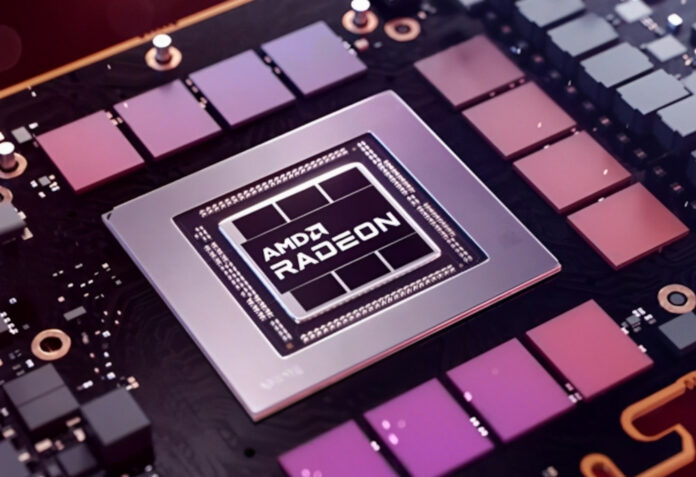AMD has published a blog post bragging about its VRAM advantage over Nvidia’s product stack and how it allows Radeon offerings to be more relevant on memory-intensive games.
Following the recent interest from gamers and reviewers over the benefits of greater graphics memory, AMD is jumping on the bandwagon to praise the versatility of its Radeon cards by showcasing multiple scenarios where the correct amount of VRAM is mandatory for smooth gaming.
To put its Radeons in the spotlight amid intense competition, AMD tested 32 games, each time comparing price-tier equivalent cards from its Radeon lineup against Nvidia’s roster, claiming an FPS advantage of up to 19.2 per cent. These are, of course, tailored first-party results meant to show Radeon GPUs on their best day. Team Green would no doubt respond with similar highlighting gains in raytracing, DLSS and overall efficiency.
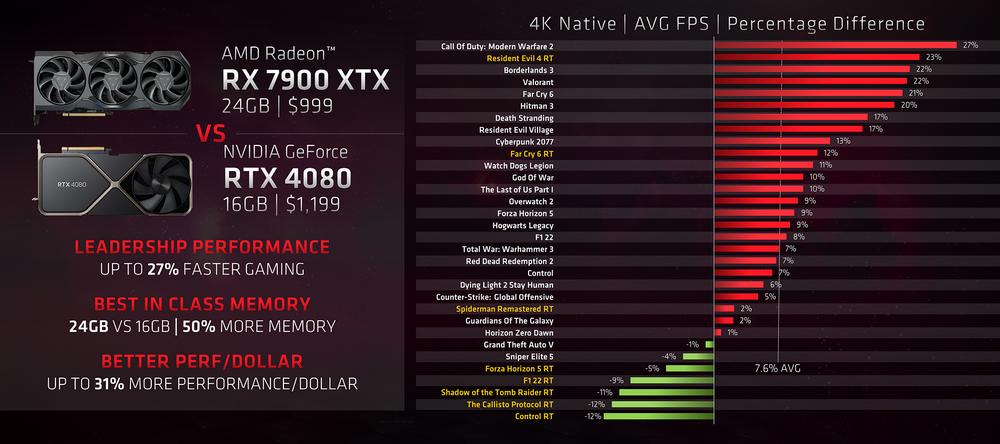
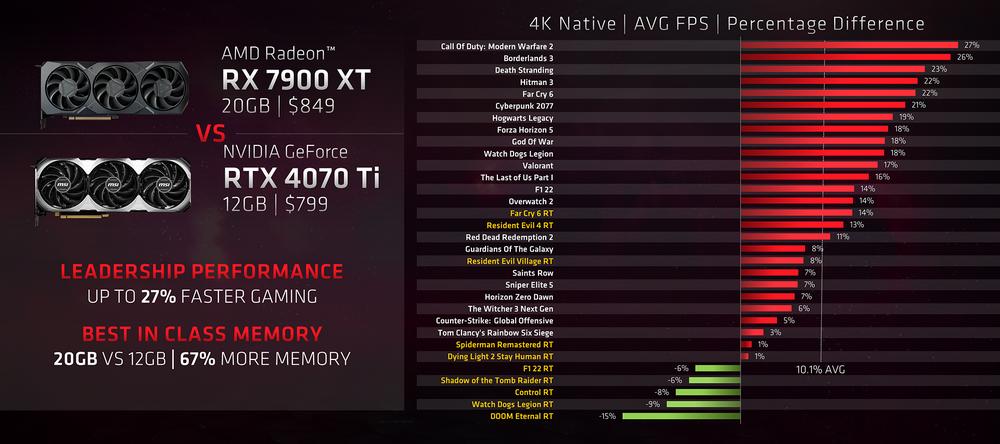
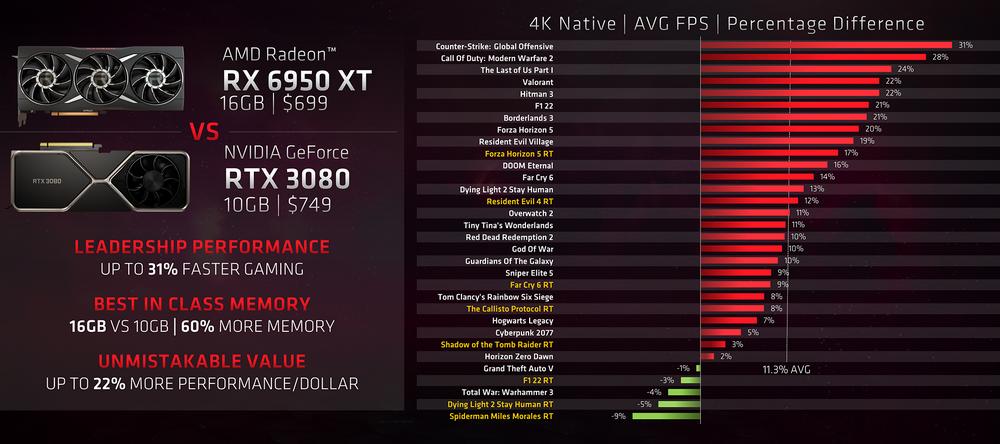
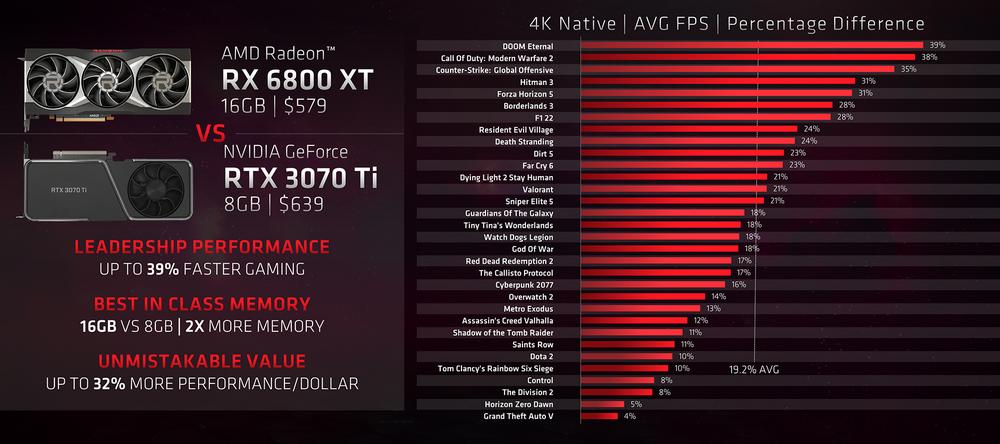
There are pros and cons either way, yet the importance of VRAM in modern games cannot be overlooked. The moment graphics memory gets saturated, the game in question will start stuttering or even crashing, which let’s face it is worse than consistent but low frame rates.
Even if we could blame game developers for instances of alarming VRAM consumption, the reality is that at some point squeezing vast high-quality textures inside 8GB or 12GB will prove difficult. We already have examples of such games today, titles like The Last of Us Part I gobbling 14GB of VRAM at 4K alongside Hogwarts Legacy’s 14.5GB with raytracing enabled. When the day comes, players who want to enjoy such demanding games will have to upgrade to new cards or lower the texture quality.
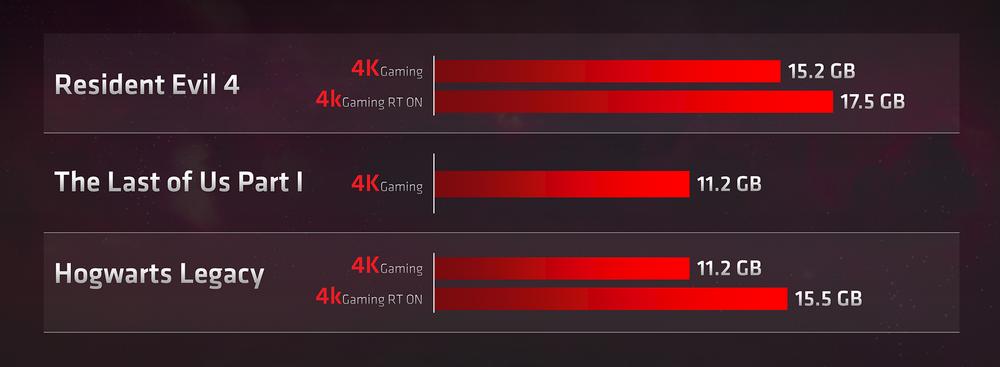
The timing of AMD’s blog post is surely no coincidence. Nvidia’s GeForce RTX 4070, with 12GB of VRAM, launches later today. Team Green opts for faster, denser memory and greater L2 cache in an effort to produce leaner, more efficient GPUs. This trade-off is beneficial when it comes to laptops or space-constrained machines since Nvidia can reuse the same design as its discrete cards on mobile chips without wasting valuable real estate on additional memory chips.
Nvidia has given AMD a stick to beat it with, yet the VRAM debate will rage on. Onlookers will be wishing Nvidia offered more, while others will want to see AMD launch new mid-range products to replace 6000 Series parts dating back to 2020.

